12 of the Healthiest Dog Breeds with Minimal Health Concerns

Choosing a healthy breed tends to keep you with your furry friend much longer as well as prevent more visits to the vet. Most of these breeds are not only robust but full of energy as well, making them great companions for an active life. Here's a closer look at 12 of the healthiest dog breeds which seem to have minimum health issues and impressive longevity:
Australian Cattle Dog
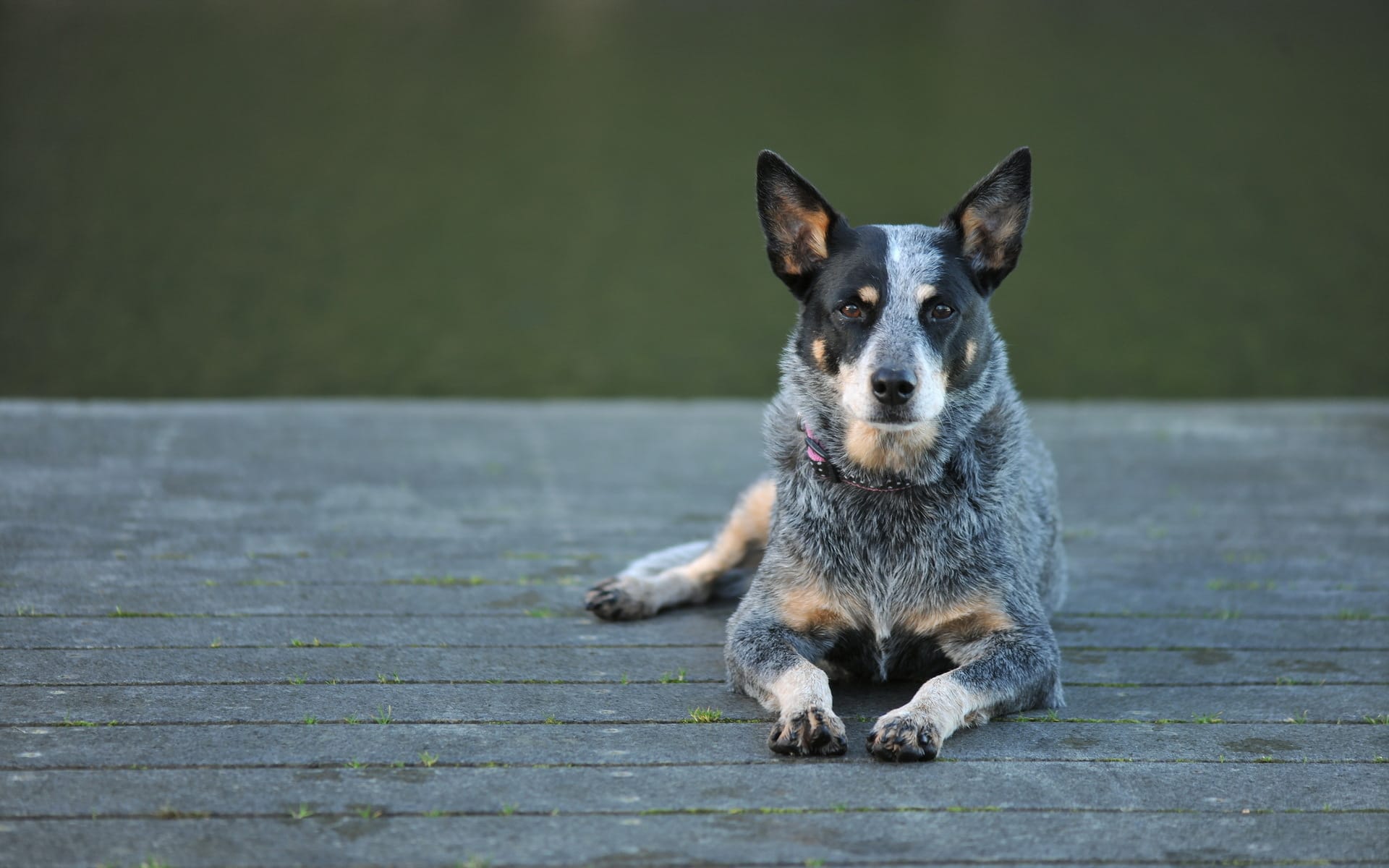
Life Expectancy: Up to 16 years
Australian Cattle Dogs are one of the longest-lived breeds; some even live for up to 16 years or more. Highly intelligent, loyal, and active by nature, these dogs were bred originally to herd livestock. Compared to others, they experience relatively few health problems, but like most working breeds, they really come alive when they receive a lot of exercise and mental stimulation. They may be susceptible to behavioral problems without it. Generally, they are best suited for professional dog owners who can dedicate enough time to the pet, including both training and an active lifestyle that may include hiking, games, or agility training.
Chihuahua
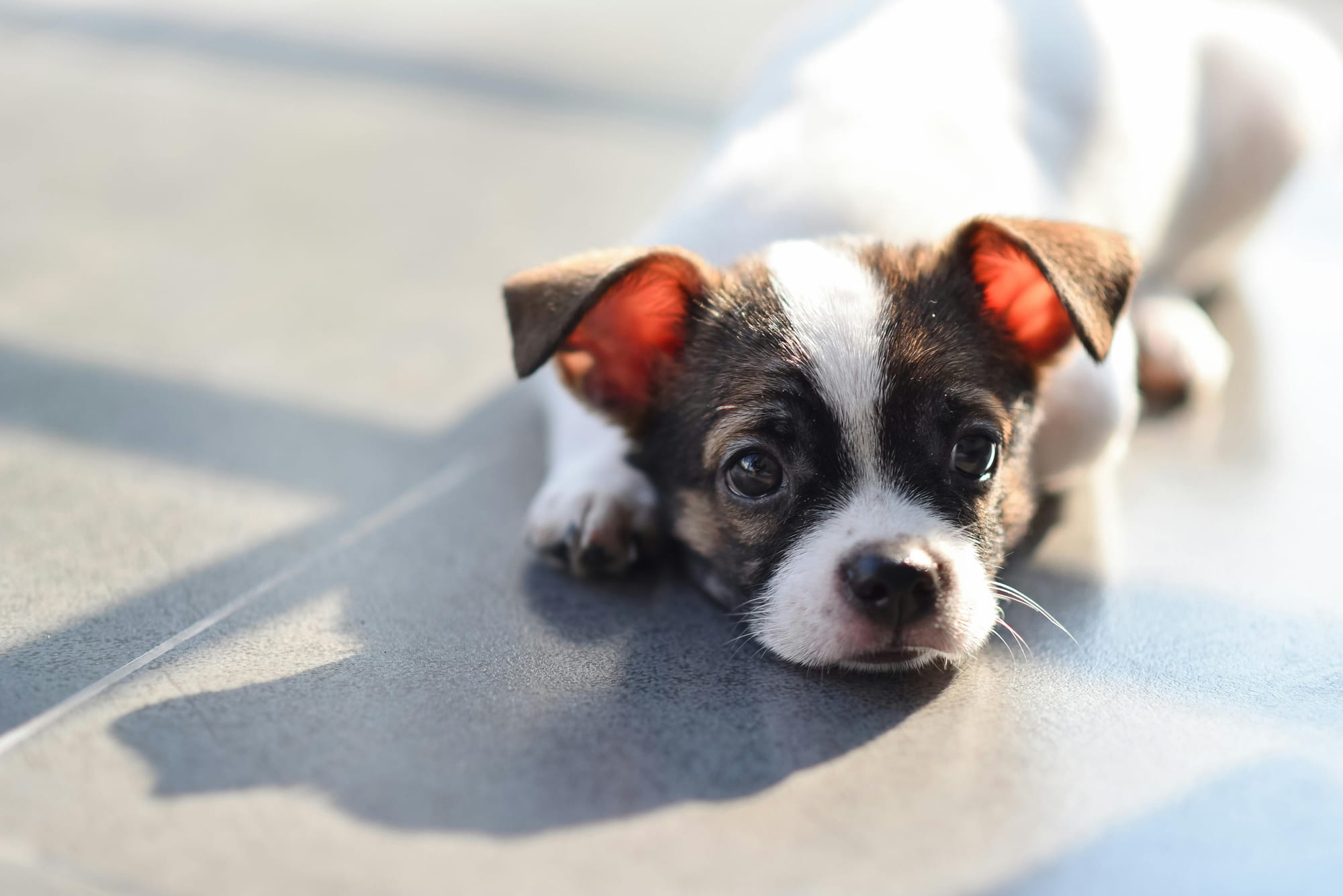
Life Expectancy: 12–18 years
This Chihuahua is one of the smallest dog breeds but enjoys robust health and a long life, which reaches up to 12 or 18 years or even more with proper care. Chihuahuas are spirited dogs with big hearts and strong immune systems. This breed is prone to dental problems and, when older, to heart conditions so it is a good idea to keep them on a check-up schedule. Chihuahuas are great for an apartment lifestyle and a very healthy small dog for the low-maintenance owner.
Australian Shepherd
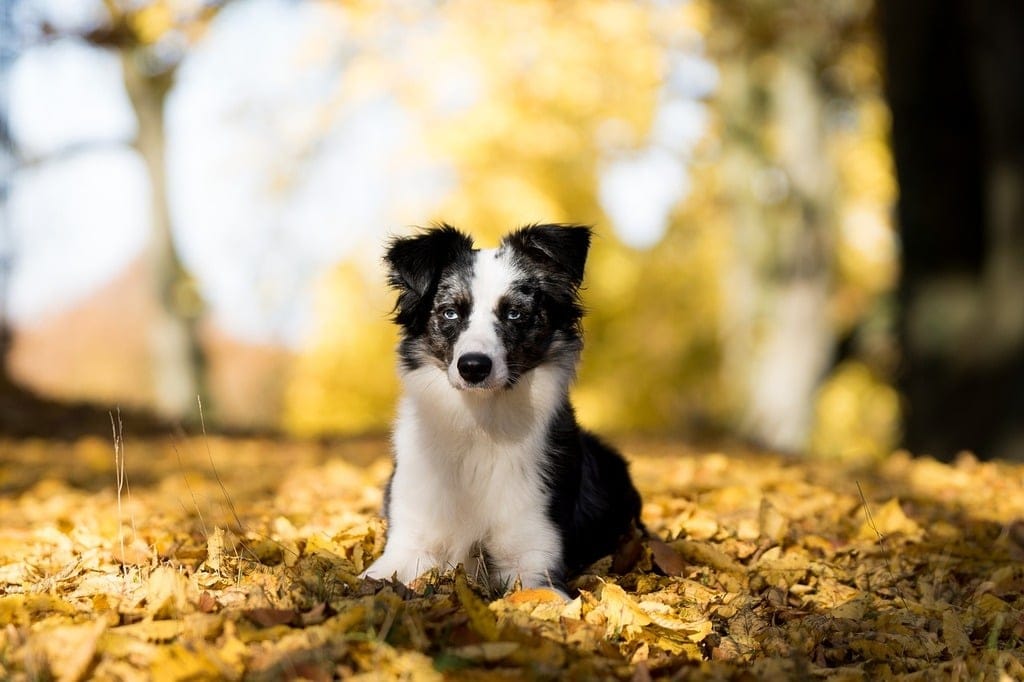
Life Expectancy: 12–15 years
Australian Shepherds are robust, lively dogs, and the best part is that they adore being in a highly energetic household. They are renowned for their immense endurance and have cognitive abilities, so dog sports and agility training are excellent decisions for them. They, just like most athletes, may suffer from the joints if not exercised the proper way, so all it's about is regular but balanced activity. Aussies do well with a job to do or a plethora of tasks to keep them occupied, from running and playing fetch to hiking and working on obedience training. They are also commonly robust and less susceptible to inherited health problems.
Greyhound
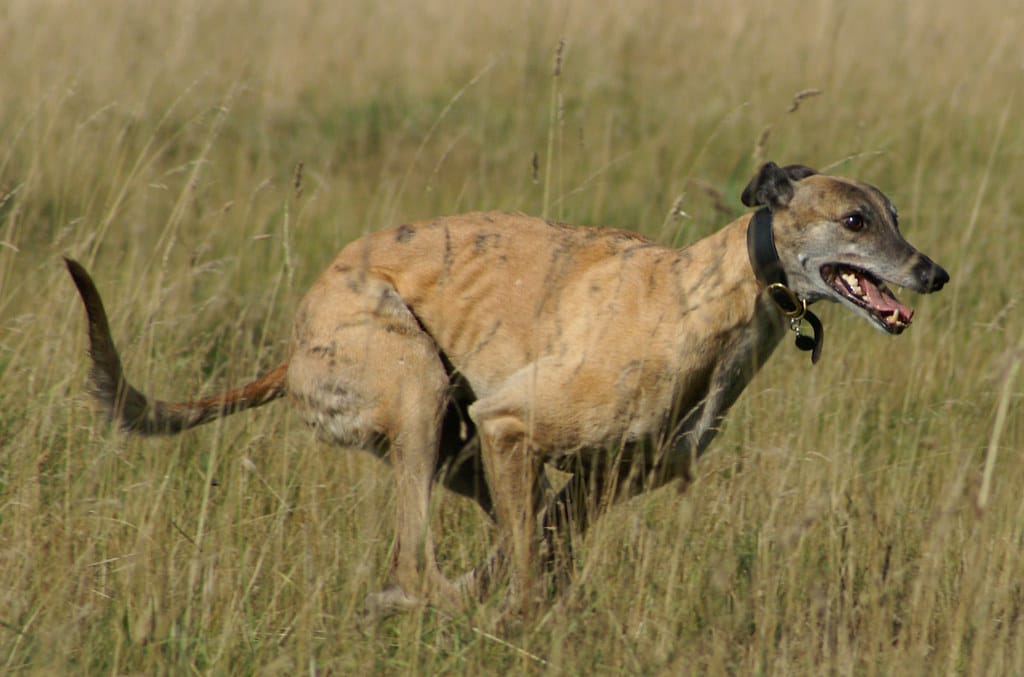
Life Expectancy: 10–14 years
While they may be renowned for their speed, Greyhounds are indeed gentle, low-maintenance dogs and unexpectedly laid-back indoors. They have very little inherited health issues, but a bigger Greyhound will sometimes suffer from heart or arthritis problems. They also need softer sleeping surfaces because of their lean build and love warmth. Even though they are great sprinters, they are often called "45-mph couch potatoes" and are incredibly happy to enjoy some moderate exercise followed by plenty of rest. Their friendly and healthy nature makes them a great companion for families or individuals looking for a quiet but active breed.
Poodle (Standard, Miniature, and Toy)
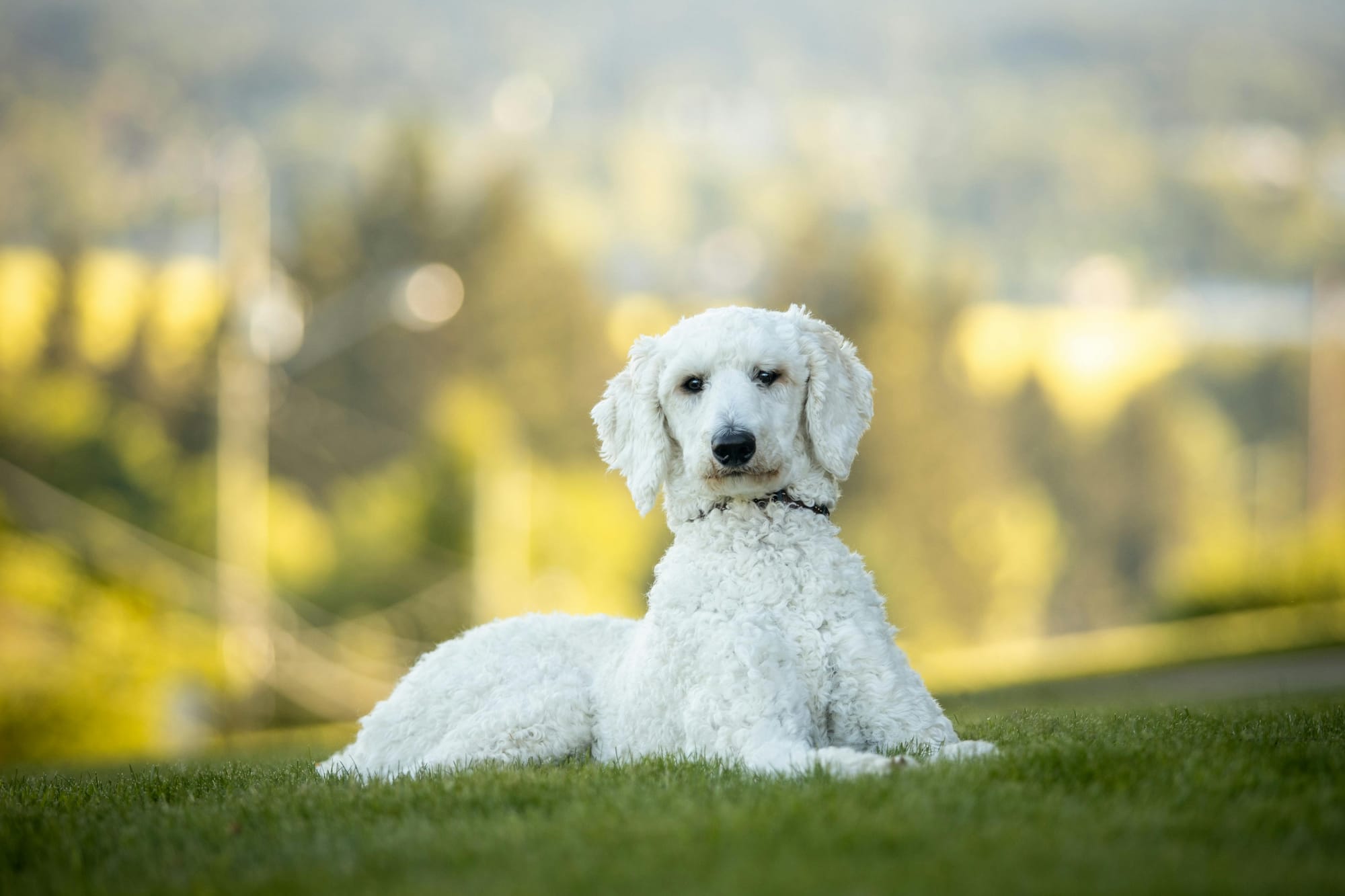
Life Expectancy: 12–15 years
Poodles are popular for being intelligent and elegant animals with non-shedding coats, which makes them friendly with allergy-prone families. Poodles have three sizes-standard, miniature, and toy, all with a lifespan of 12 to 15 years and very few potential health problems. Poodles are considered to be healthy dogs, but they only do well if they receive mental stimulation and exercise physically. Standard Poodles can sometimes develop joint issues and need regular exercise and weight control. This breed learns quickly, making them great in obedience training, agility, and even other dog sports.
German Shorthaired Pointer
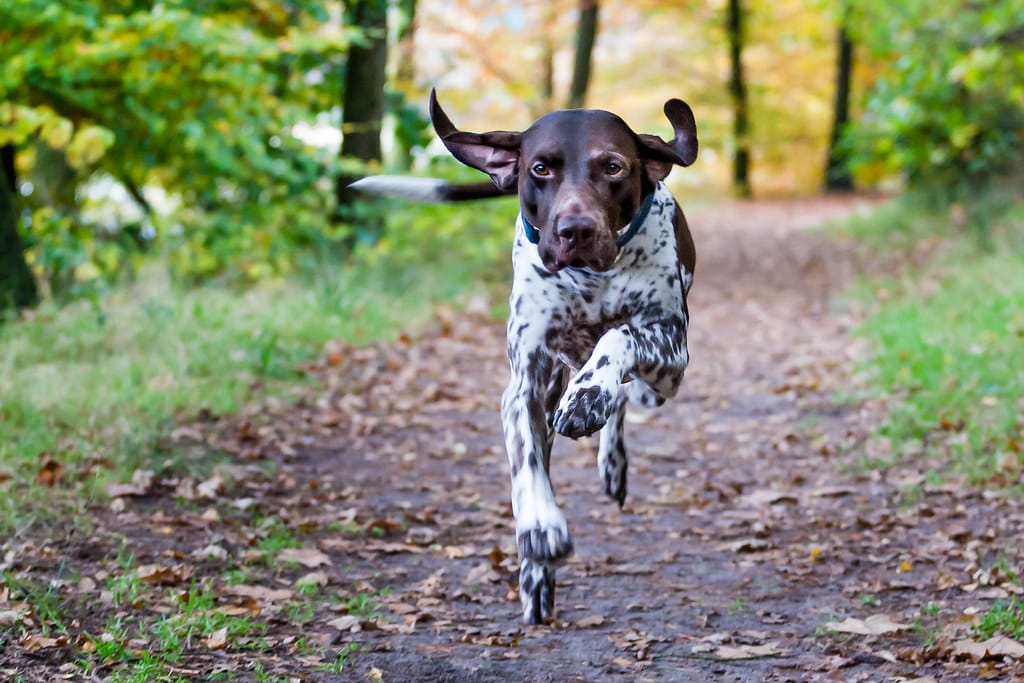
Life Expectancy: 12–14 years
These dogs are very versatile, doing all-around hunting. The German Shorthaired Pointer has stamina and athleticism. Generally, this breed of dog is quite healthy and thrives on an active lifestyle that includes some exercise. They do need regular physical and mental stimulation; otherwise, they can be bored, destructively so. Though they are prone to some hip problems and more susceptible to hip dysplasia, well-fed and regularly exercised Old English Sheepdogs generally thrive.
Old English Sheepdog

Life Expectancy: 10–12 years
Old English Sheepdogs are large dogs with shaggy coats that are friendly and laid-back by nature. The breed is a very healthy one, but if overdone, exercise-induced collapse does happen if they are made to do too much. These dogs require regular grooming due to their thick coat and should have some kind of monitoring during physical activity to prevent overheating. Old English Sheepdogs are best suited in homes with moderate or bigger spaces, being gentle and affectionate with their families. They live well in cooler climates and can be very endearingly playful, which makes them very popular among the owners of other breeds.
Havanese
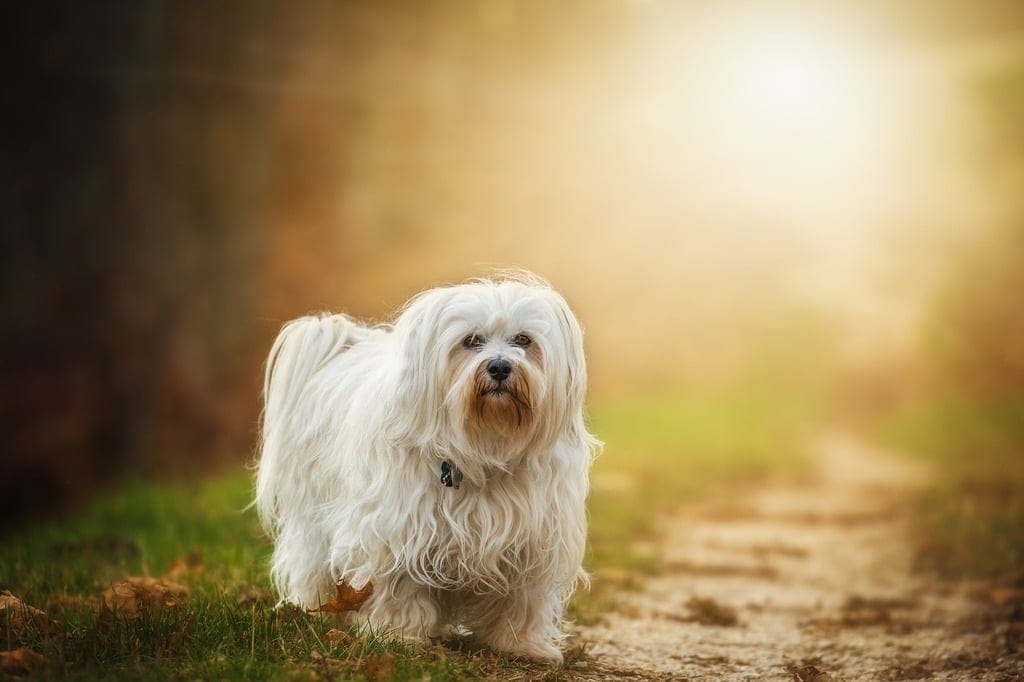
Life Expectancy: 14–16 years
Havanese is a small, lively dog that requires little attention but is excellent for families or single persons. They usually live a long healthy life with only slight chronic health disorders. Generally happy and social dogs, easy to train, Havanese dogs are also hypoallergenic, what can be a big advantage for the allergy sufferer. They are easy to train to come and go when both warm and cold, and they fare well with moderate exercise, such as daily walks and play sessions. Havanese dogs are generally healthy and can make great long-term companions.
Basenji

Life Expectancy:13–14 years
The Basenji is a breed breed in itself because of its bark-less, independent nature. They are a healthy breed, in general, with very few significant genetic health concerns apart from Fanconi syndrome, a kidney condition, for which responsible breeders test. Basenjis are intelligent and full of energy; this breed really needs an involved owner to provide mental stimulation. Proper exercise and the right diet ensure long lives for healthy Basenjis, making this a unique and resilient breed option for dog enthusiasts.
Beagle
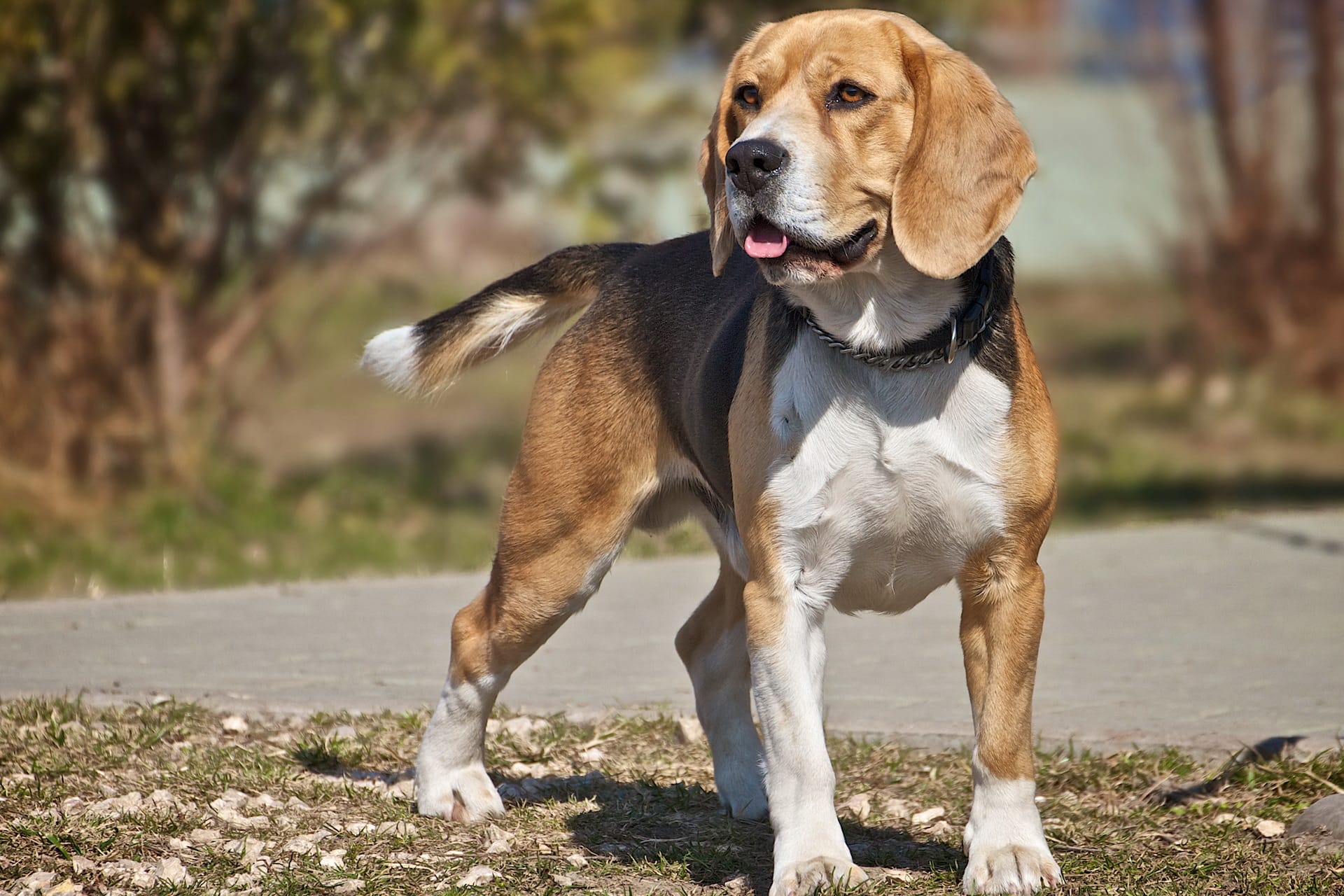
Life Expectancy: 10–15 years
Beagles are friendly, easy-going dogs known for their resilience and minimal health issues. They have an easy-to-maintain coat, which, together with their typically good health, makes them a low-maintenance choice. Though prone to obesity, they remain in good shape if given proper diet and exercise. Curious and affectionate, Beagles make excellent companions for families, especially those with children.
Shiba Inu
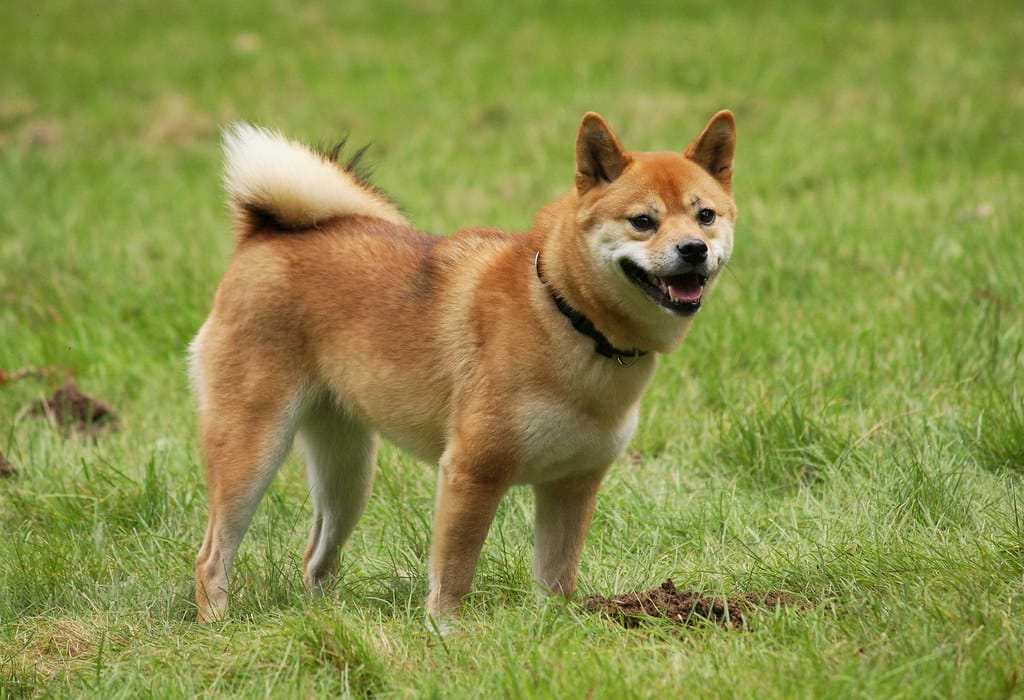
Life Expectancy: 12–16 years
This dog breed is long-living, from Japan, and almost resembles a fox. The lively nature of the dog keeps its master lively too. Shiba Inus are often a healthy breed, and proper dental care along with an appropriate feeding schedule would allow them to enjoy a long and healthy life. They are suitable for the urban environment; they require much mental and physical stimulation. Such a breed, full of loyalty and independence, demands a mature dog lover.
Border Collie
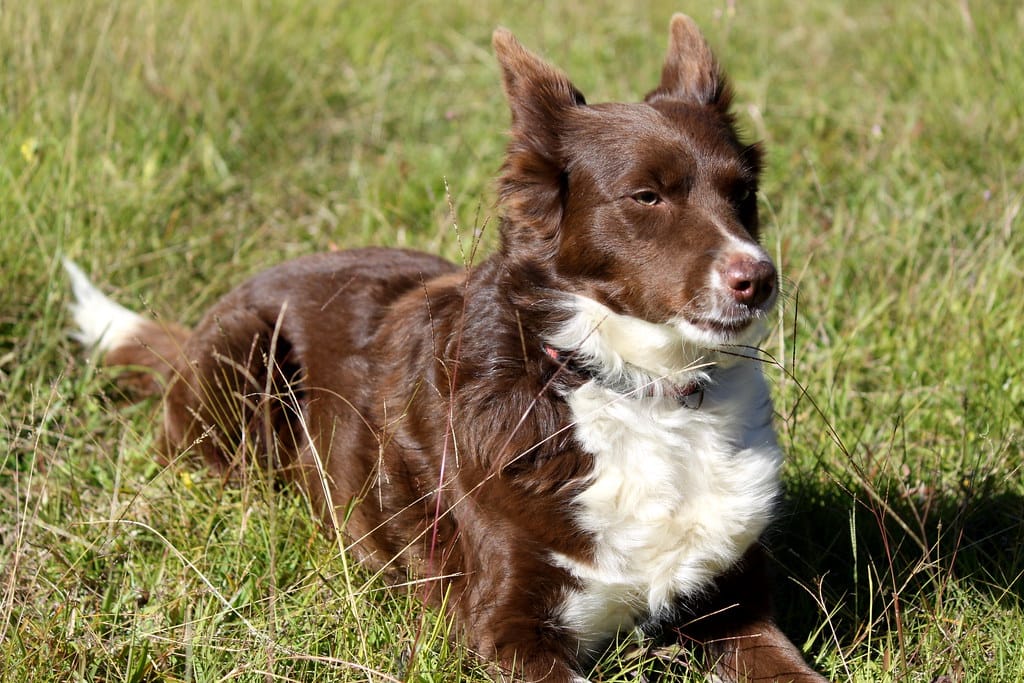
Life Expectancy: 12–15 years
Border Collies are one of the most intelligent and athletic breeds of dogs. Originating from England, these dogs are known for having abundant energy and agility. They excel in activities like obedience training, agility courses, and herding. Hip dysplasia and eye problems are some common issues found in Border Collies; their high energy levels and love for exercise keep them overall fit. They require an owner who will meet their need for mental as well as physical stimulation-making them a wonderful fit for active homes.
Selecting the Right Healthy Dog Breed
Choosing a dog with a good reputation for health can mean fewer vet visits and a longer, happier life together. But every breed has its needs-from exercise and mental engagement to grooming and climate adaptability. Matching one's lifestyle to that of the dog in terms of energy level and health requirements can be a big help in the quality of life shared between the person and the dog. Such healthy breeds are great companions since they have fewer health concerns, allowing for quite many enjoyable years of playing and interacting with each other.



